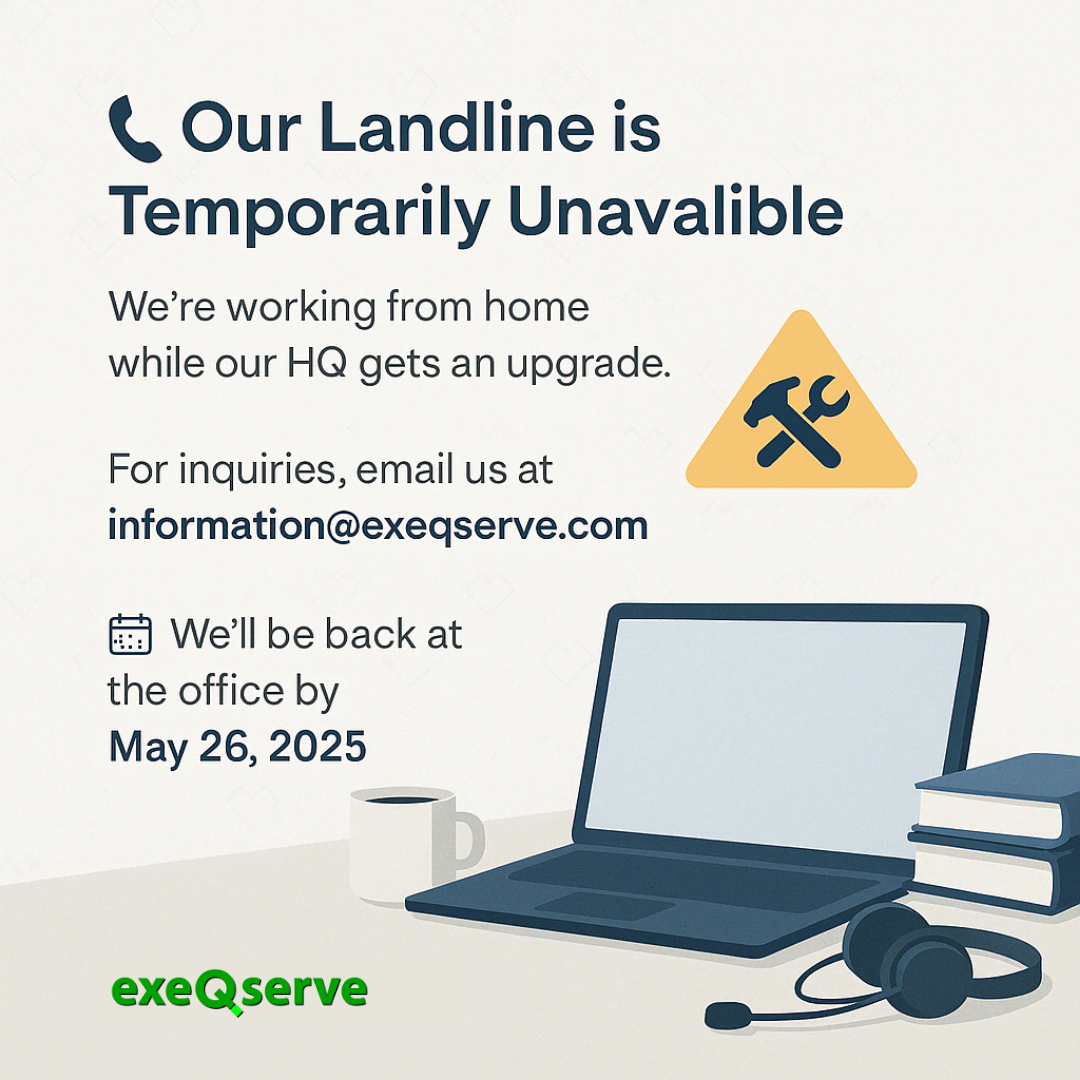In today’s competitive job market, it’s crucial for companies to go beyond offering top compensation packages to attract the right candidates. This is particularly true for organizations that may not be able to provide the highest salaries. In such cases, having a strong employer brand becomes even more critical. In this article, we’ll explore the concept of employer branding, the benefits of having a clear one, and the consequences of failing to communicate it effectively. We’ll emphasize how employer branding can help organizations attract candidates whose motivations align with what they have to offer beyond monetary compensation. We’ll also outline specific steps to take in building a robust employer brand. Let’s dive in!
What is Employer Branding?
Employer branding refers to the reputation and image of a company as an employer. It encompasses how current and potential employees perceive the organization, including its values, culture, work environment, and opportunities for growth. A strong employer brand helps differentiate your company from the competition, attracting top talent, and retaining valuable employees.
The Power of a Clear Employer Brand, Especially for Organizations with Limited Compensation Packages
Having a clear employer brand is especially crucial for organizations that cannot offer top compensation packages. It allows them to communicate what else they bring to the table that can attract candidates whose motivations extend beyond monetary rewards. By highlighting unique benefits such as career development opportunities, work-life balance, a supportive work culture, or meaningful social responsibility initiatives, companies can appeal to individuals who are seeking more than just a high salary.
When organizations effectively communicate their employer brand, they attract candidates who genuinely resonate with their values, culture, and opportunities for growth. This alignment fosters employee satisfaction, engagement, and loyalty, even in the absence of top-tier compensation. It creates a sense of purpose and fulfillment that can be just as motivating, if not more, than financial rewards alone.
The Failure to Communicate Employer Brands
Unfortunately, many companies fail to effectively communicate their employer brands, particularly when they don’t offer the highest compensation packages. This oversight can result in missed opportunities and potential employee turnover. When organizations neglect to showcase the unique benefits they provide beyond salary, they risk attracting candidates who may be primarily motivated by financial incentives. This can lead to higher turnover rates, decreased productivity, and increased recruitment costs.
Determining the Right Candidate Persona
To attract candidates whose motivations align with what your organization offers, it’s essential to define your ideal candidate persona. Consider factors such as skills, experience, values, and personality traits that align with your employer brand. By clearly defining your candidate persona, you can tailor your recruitment efforts to attract individuals who are genuinely interested in the benefits your organization provides.
Steps to Take in Employer Branding
- Define your employer value proposition (EVP): Identify and highlight the unique benefits and attributes that make your organization an attractive place to work, especially for candidates motivated by factors beyond high salaries. Emphasize areas such as career development, work-life balance, supportive culture, and purpose-driven initiatives. So, reflect on this now. What is your company’s EVP?
- Develop consistent messaging: Ensure that your employer brand messaging is consistent across all communication channels, including job postings, career websites, social media, and employee communications. Consistency builds trust and reinforces your company’s reputation as an employer of choice.
- Showcase employee testimonials: Encourage current employees to share their experiences and testimonials about working at your company, particularly focusing on the non-monetary aspects that make it rewarding. Authentic stories from employees provide valuable insights into your organization’s culture and can significantly influence potential candidates.
- Engage with candidates on social media: Leverage social media platforms to showcase your company culture, values, and employee achievements. Highlight the non-monetary benefits that make your organization an attractive place to work. Engaging with candidates through these channels humanizes your organization and helps build a positive employer brand image.
- Foster employee advocacy: Encourage your employees to become brand ambassadors by actively promoting your employer brand within their networks. Their enthusiasm and genuine endorsements can attract candidates who are motivated by factors beyond compensation, fostering a workforce aligned with your organization’s values and goals.
The Role of Managers in Building and Sustaining the Employer Brand
Managers play a crucial role in building and sustaining a strong employer brand, especially for organizations that don’t offer top compensation packages. They must create a positive work environment, foster a culture of growth and development, and ensure employees feel valued and supported. By leading by example, managers can reinforce the employer brand and attract candidates whose motivations align with the organization’s non-monetary benefits.
Employer branding is a powerful tool for attracting the right candidates, even for organizations that can’t offer top compensation packages. By effectively communicating the unique benefits beyond salaries, companies can appeal to individuals motivated by factors such as career growth, work-life balance, culture, and purpose. Defining a candidate persona that aligns with your employer brand and taking specific steps to communicate and nurture that brand will attract candidates who will thrive within your organization, contributing to its success beyond financial rewards alone.














